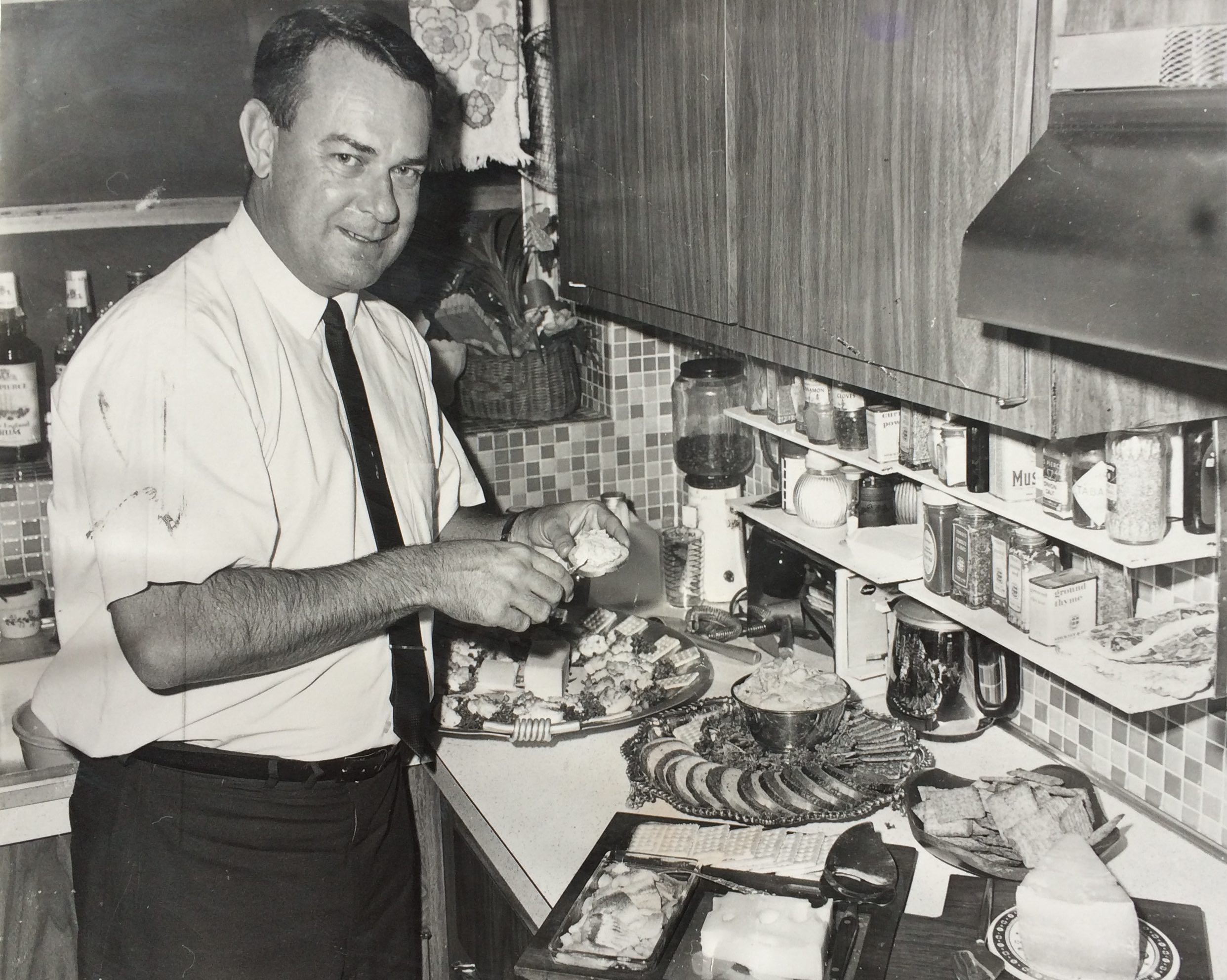Imagine sitting in a botanical oasis in Coconut Grove, enjoying breakfast papaya, under a Javanese Ficus tree. Not just an ordinary ficus, for this one was planted by the late Dr. David Fairchild, the “Columbus of American Horticulture,” at his Coconut Grove home, “The Kampong”. The seeds were undoubtedly collected during one of his innumerable botanical expeditions around the world. His home, “The Kampong”, is preserved, and still open for one’s amazement and enjoyment. The Fairchild’s Coconut Grove retreat, “The Kampong”, faces the serene Biscayne bay. Let’s reminisce of the Royal Palms (Roystonea regia) that lured the Fairchilds to phone Marian’s parents, and ask them for a loan to secure the property. Marian Hubbard Graham Bell, Dr. Fairchild’s wife, is the daughter of Alexander Graham Bell, who stayed at “The Kampong”, like many other distinguished characters of the time, on several occasions.
“The handsome, big, hand shaped leaves are edible, when boiled in several changes of water, and the late great horticulturist David Fairchild often advocated that all of us eat them regularly, whether at his table in his home, “The Kampong.” Where I lived when I first came to Coconut Grove, or at our own.” — Alex D. Hawkes


Dr. Fairchild authored books with alluring titles such as,“The World Was My Garden: Travels of a Plant Explorer” (1938), and “The World Grows Round My Door: The Story of The Kampong, a Home on the Edge of the Tropics.” (1947) . These ideals are not easy to claim. Dr. David Fairchild exceeded them by far. Dr. Fairchild introduced over 200,000 plants & varieties of established crops into the United States. He continued to play a pivotal role in the horticultural world during his retirement at “The Kampong”.

After Dr. Fairchild left his managerial role with the Department of Plant Introduction program of the U.S. Department of Agriculture in Washington, D.C., he continued to author occasional botanically inclined papers, & National Geographic articles from his Coconut Grove laboratory. Few people shaped the way the United States eats as much as Dr. Fairchild, having introduced countless culinary staples, such as soybeans, mangos, dates, blueberries, talinum, broccoli and many more, which would be difficult to live without. Fairchild is among the champions we must thank for shaping that way America eats, having introduced countless vegetables often enjoyed, and neglected by children all across the states.
Upon stepping on the soil at “The Kampong”, the Fairchild’s footsteps can be traced by observing the beautiful trees still standing, that they collected, brought home to be planted, introduced, & shared. The word Kampong means “cluster of houses” or “village” in Malay. The Indonesian touches in the garden, adds a subtle contrast, against the backdrop of lovely flora found on the property. When visiting, one can observe the beautiful flowers of the royal poinciana / flamboyant (Delonix regia), from Madagascar. It is the official flowering tree of Miami-Dade County, and was planted by Marian Fairchild at “The Kampong”, in 1917. Marvel over countless mango varieties, as one would expect… palms, aroids, bamboo, ficus, & what seems like an infinite quantity of flowering trees. A mammoth tamarind tree around the vicinity of where Capt. Albion Simmons’ guava grove & factory once stood, prior to Dr. Fairchild purchasing the property. Miami’s first international export, guava jelly sold abroad to Europe, from a then unassuming property in “The Grove”, soon to become “The Kampong”. Wander to corners of the world through the flowers and fruits abound, welcome to “The Kampong”, stay for breakfast will ya?


Alex D. Hawkes stayed at “The Kampong” with the Fairchilds while still in High School. He was able to enjoy more than an awe inspiring horticultural experience, since there was so much papaya to be enjoyed. Dr. Fairchild returned form the “The Isle of Singing Children”, the island of Siaoe / Siau Island in Indonesia, with a fascinating account of the island’s Papaya-leaf eaters, and its singing children. Fairchild sat with the Radja of Siaoe and his jolly wife who couldn’t “understand why people in other lands eat only their fruits” (Fairchild, 1943). Thank you Alex, for holding onto these recipes and publishing them in The Miami Herald, 18 years after your stay with David & Marian Fairchild at “The Kampong”. What better way of honoring the late Fairchilds than enjoying some delicious, tropical Papaya? David Fairchild left us in 1954, Marian shortly after in 1962, they both lived their final days at their Coconut Grove oasis.
“The papaya is one of the tropics’ most extraordinary plants. It is not a tree despite its appearance, but rather a woody herbaceous plant, one of the fastest growing species known.” — Alex D. Hawkes
Were you aware that papaya can also be eaten as a vegetable, when green, and freshly picked? Also known as Paw Paw in Jamaica, & Fruta Bomba in Cuba, the “Confused Papaya Is Exotic Herb”, and the source of “papain”, the main ingredient in meat tenderizer. More papaya recipes will be shared on the blog, including accounts from Dr. Fairchild’s trip to “The Isle of Singing Children,” and the attention getting, boiled papaya leaf preparation, that David & Alex both advocated. For now let’s start with this simple, and delicious breakfast papaya.

“Papaya is a strictly acquired taste for many people, it seems, but I was lucky in my initial experiences with the fruit, for I at once very much liked Dr. Fairchild’s way of serving it when I stayed with him.” — Alex D. Hawkes

David Fairchild’s Breakfast Papaya
1 medium ripe papaya
2 tablespoons sugar
2 Key (or Persian) limes, sliced
Peel papaya, Scoop out seeds, slice into rather thin, bite-size pieces. In a large shallow bowl, arrange papaya pieces, sprinkle sugar over them. and refrigerate overnight. Serve with lime slices for breakfast. Serves four.










